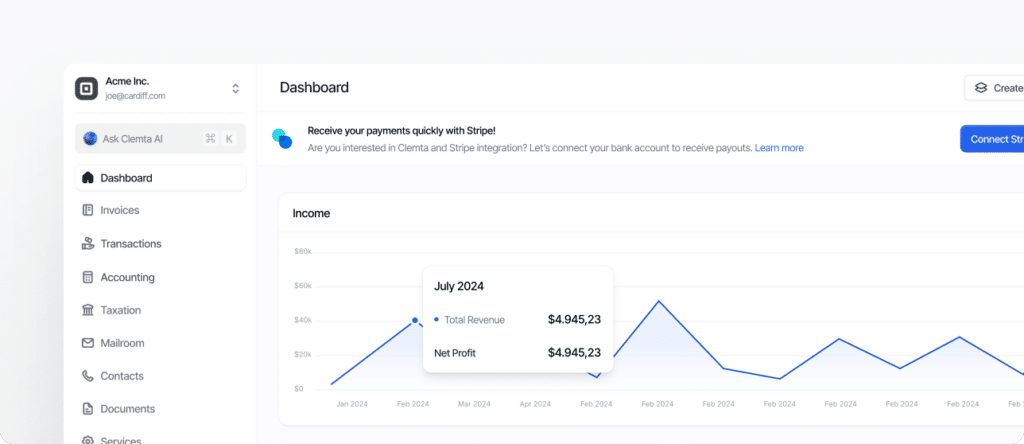A financial report that shows how cash moves in and out of a business during a specific period (broken into operating, investing, and financing activities) to measure liquidity and financial health.
What is the Cash Flow Statement?
A Cash Flow Statement is one of the core financial statements used to assess a business’s financial health. It shows the actual inflow and outflow of cash over a specific period, usually monthly, quarterly, or annually. For non-U.S. residents running U.S. companies, this report is essential for understanding how much real cash the business generates and spends (beyond what’s reported on a profit & loss statement).
Unlike the income statement (which includes non-cash items like depreciation) or the balance sheet (which is a snapshot in time), the cash flow statement tracks actual cash movement. This helps you see whether the company can pay its bills, reinvest in growth, or survive a slow revenue period.
The cash flow statement is typically divided into three sections:
- Operating Activities: Cash received from sales, and cash paid for day-to-day operations like salaries, software, rent, or supplies. This section reflects the core business activity.
- Investing Activities: Cash used to buy or sell long-term assets like equipment, intellectual property, or investments.
- Financing Activities: Cash raised or spent related to funding (such as loans, repayments, dividends, or capital contributions).
For international founders, the cash flow statement is a powerful tool to:
- Track whether the business is self-sustaining or reliant on outside capital
- Understand when to inject funds, apply for financing, or adjust expenses
- Provide transparency to accountants, investors, or banks
- Prepare for tax season with a clear record of movement in cash, not just profits
Most accounting platforms like QuickBooks or Xero can automatically generate a cash flow statement based on recorded transactions, assuming the Chart of Accounts and categorization are properly set up.
In summary, the Cash Flow Statement gives a clear picture of how money flows through your U.S. business. It answers the question, “Do we actually have enough cash to operate?” (which is critical for financial decision-making, fundraising, and ensuring the long-term health of your company).

